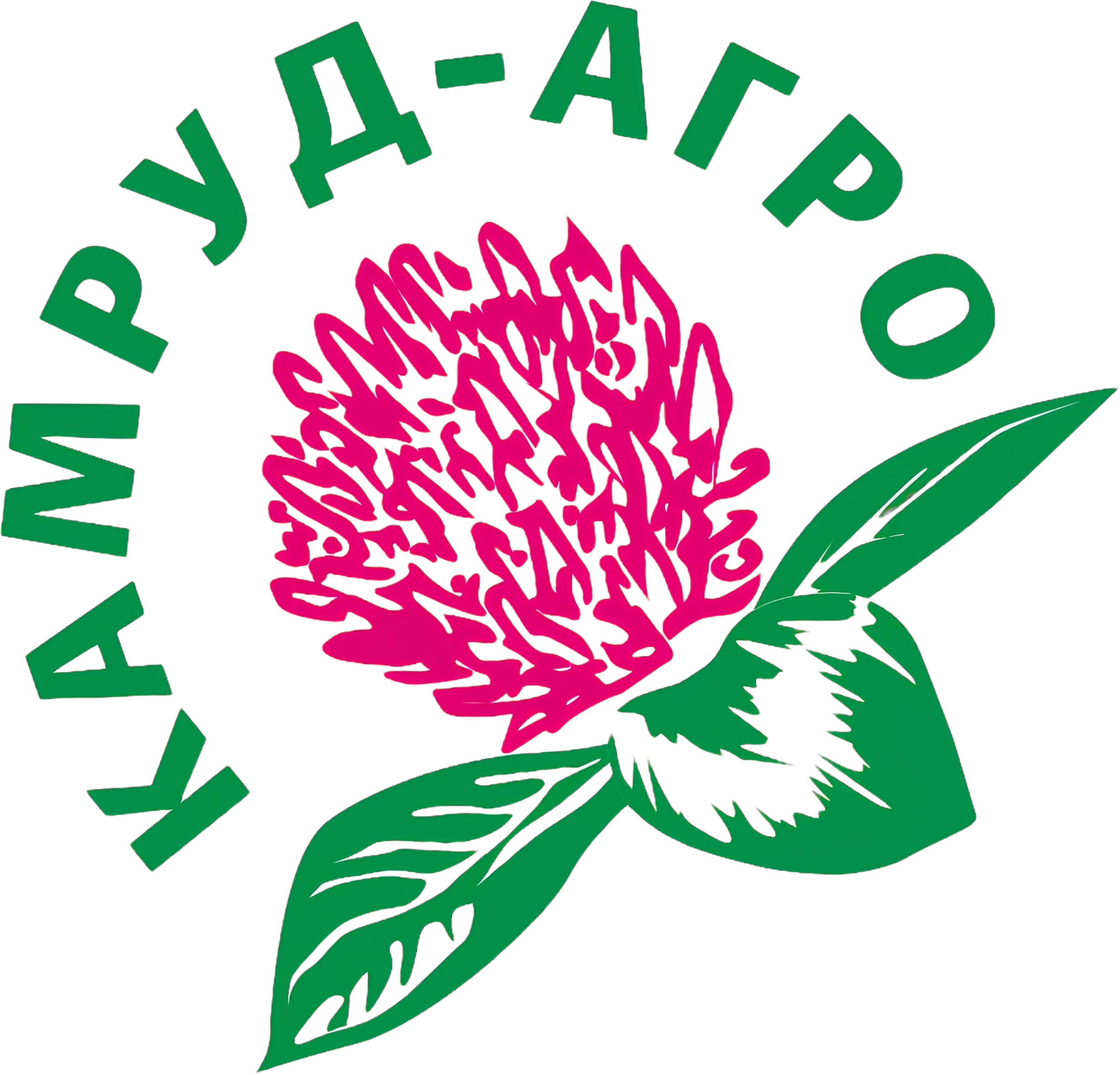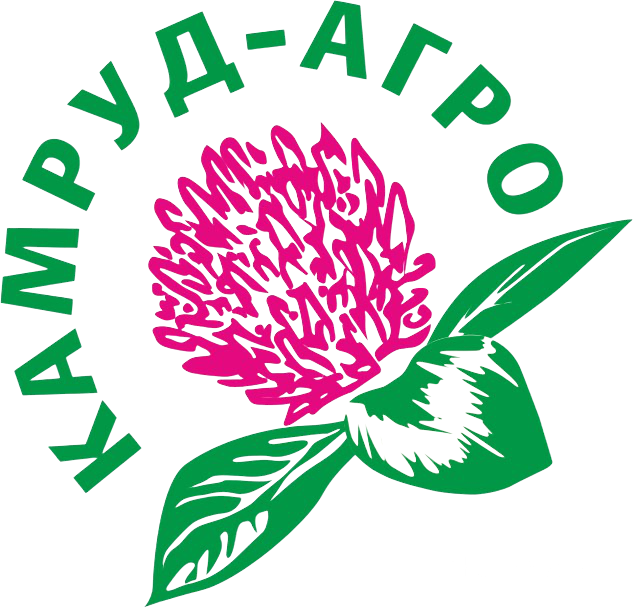White mustard (Sinapis alba) is a species of annual herbaceous plant.

White mustard
White mustard (Sinapis alba L.) is a valuable oil crop. Its seeds contain 30-40% oil, which is not inferior in quality to sunflower oil. It is used for food purposes, in the canning, baking, confectionery industries, and also for technical purposes.
Used as a fodder crop White mustard is characterized by rapid growth of vegetative mass. The yield of green mass can reach 200-300t/ha. It can be used until the fruit setting phase. Mustard can be sown in mixtures and as an intermediate crop.
Karolina
Increased fodder and seed productivity, quality of green mass. Characterized by an extended period of use for fodder purposes and high drought resistance.
Вегетаційний період до укісних стиглості: 40-50 днів, до збирання насіння: 85-100 днів.
Variety details
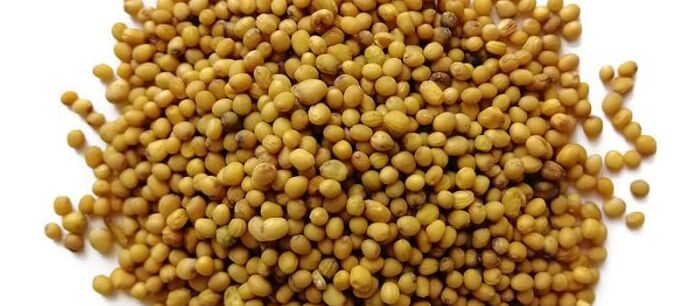
Zaporizhanka
Early ripening variety of white mustard
The variety is resistant to lodging and seed shedding, as well as to diseases and pests.
Variety details
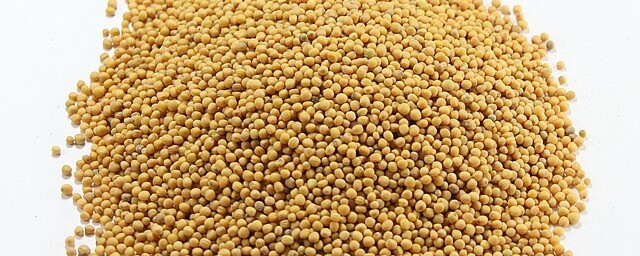
Sofiia
Use: food, technical
Days to harvest: 100-105
Plant height: 110-140 cm
Variety details
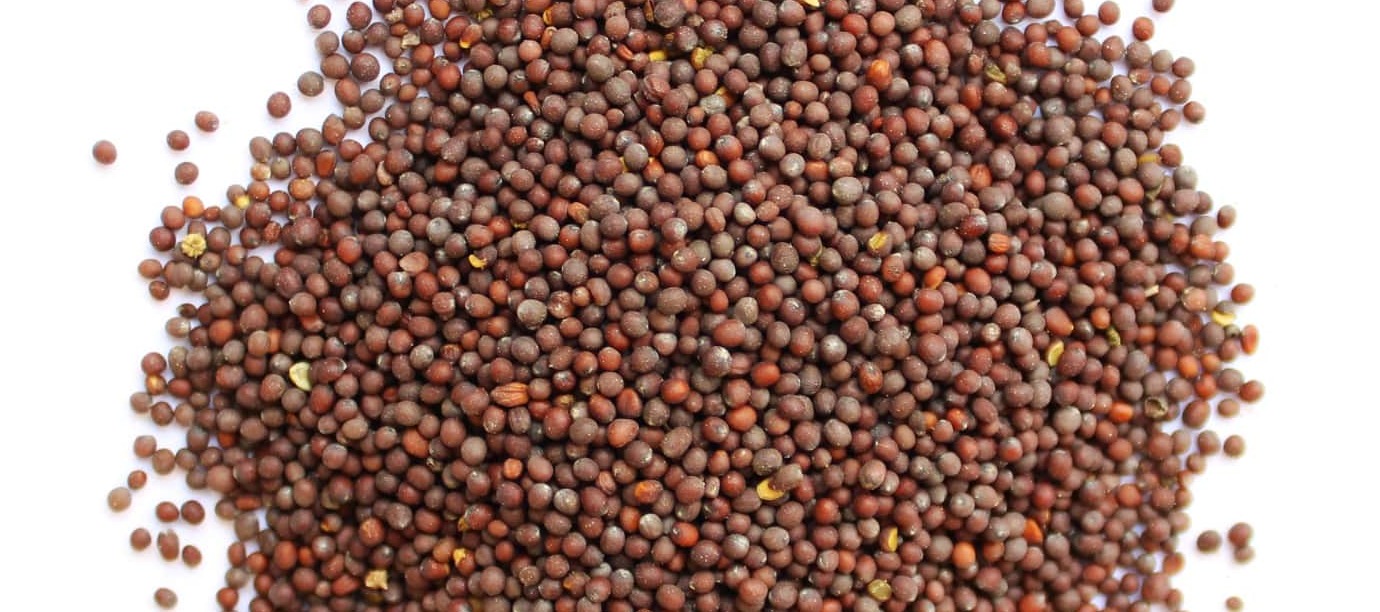
Mriia
The variety is intended for the production of edible oil and mustard powder.
Тривалість вегетаційного періоду: 77-85 днів. Добрий медонос.
Середня врожайність насіння: 2,6 т / га. Насіння проростає при температурі 1-2 градуси. Така стійкість гірчиці дає змогу сіяти її під зиму. Малопридатні важкі, запливаючі, а також засолені грунти.
Variety details
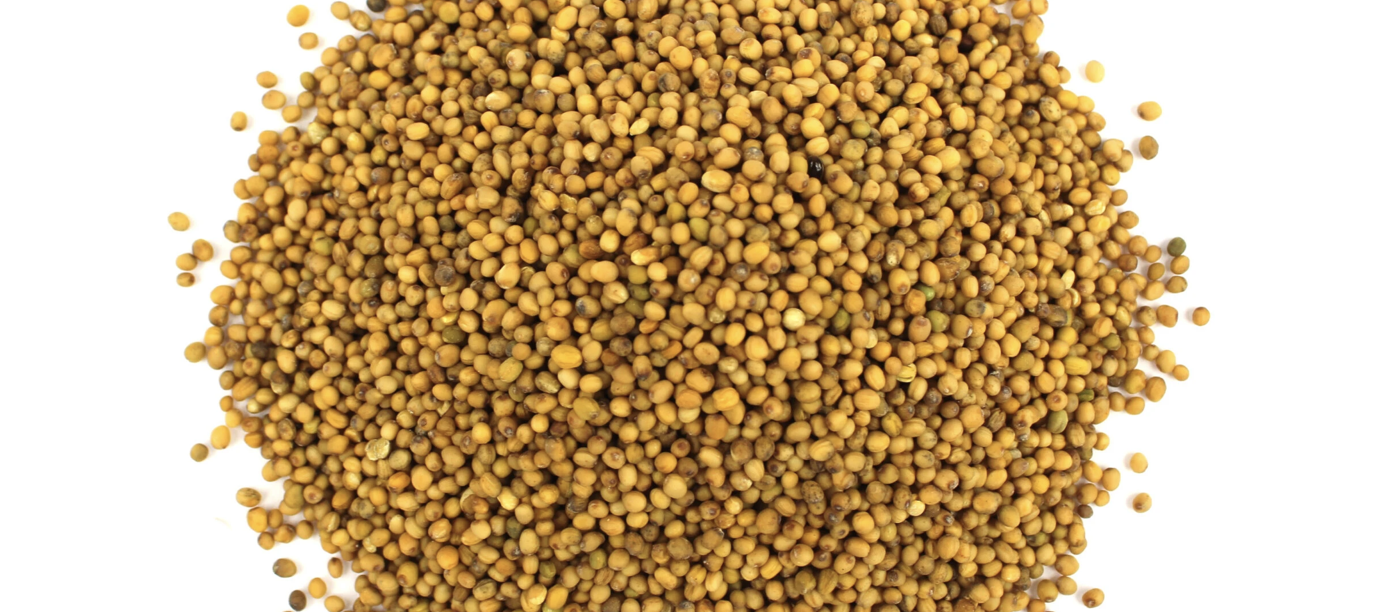
Our clients are located all over the country
The main advantages of our seeds
- Stay Green – the ability to maintain the green color and juiciness of the leaves even under stressful conditions. A long period of suitability for harvesting, as the drying and ripening of these hybrids is slow, thanks to which the plants retain an almost ideal silage moisture level of 50% for a longer period of time, in the milky and milky-waxy state of the grain;
- Growth rate – the ability to quickly increase the area of the leaf apparatus, and as a result, cover the soil surface faster, and accordingly, reduce the activation of weed seedlings and ensure greater moisture retention in the soil;
- Digestibility – high levels of neutral detergent fiber (NDF) and sufficient effective fiber to stimulate chewing and rumen breakdown;
- Disease resistance – increased resistance to fusarium head and stem diseases reduces the accumulation of mycotoxins in the green mass and subsequent loss of feed quality;
- Nutrition – one kilogram of silage, harvested in milk-wax and wax ripeness at a humidity of 65-70%, is 0.2-0.25 feed units and contains 12-14 g of digestible protein. And in 1 kg of dry matter, the content of metabolizable energy can reach 11.5 MJ, which allows us to compare this feed with barley grain.
Quality seeds for your needs
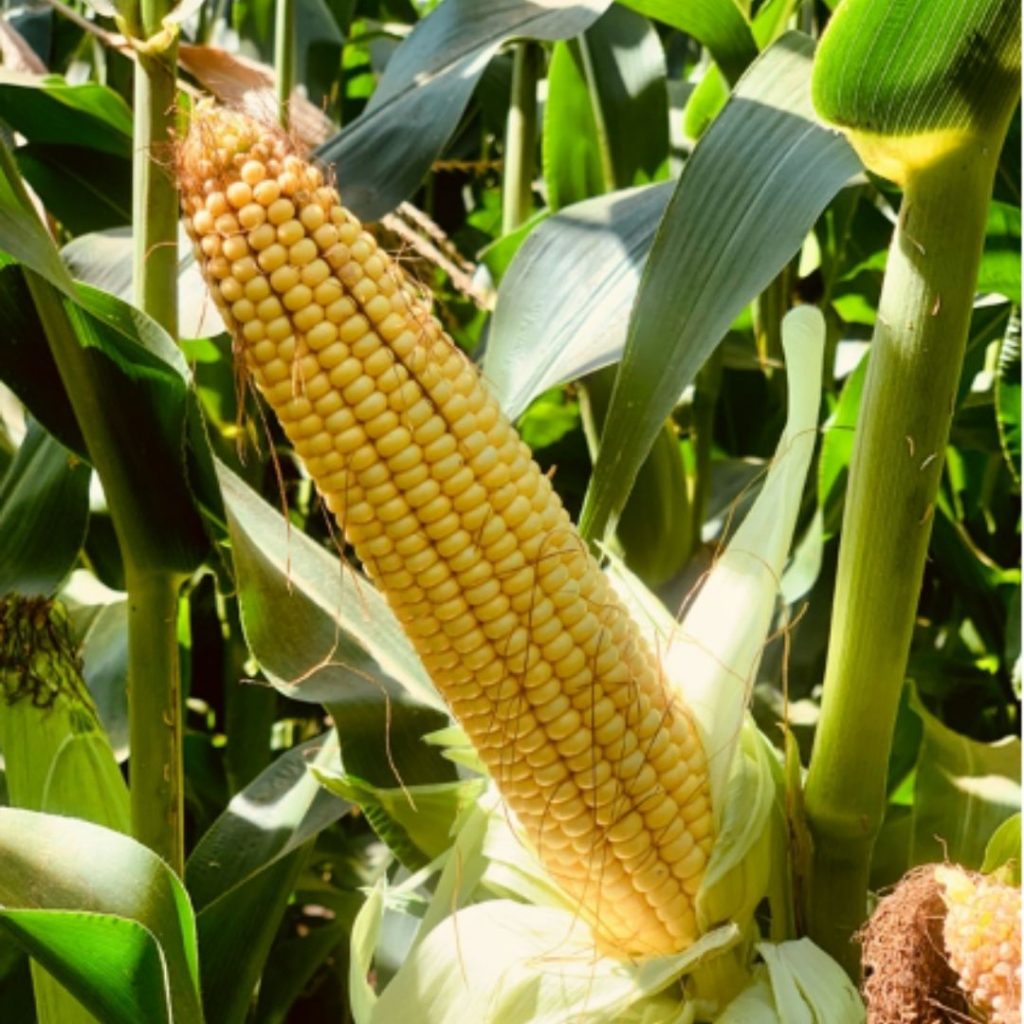

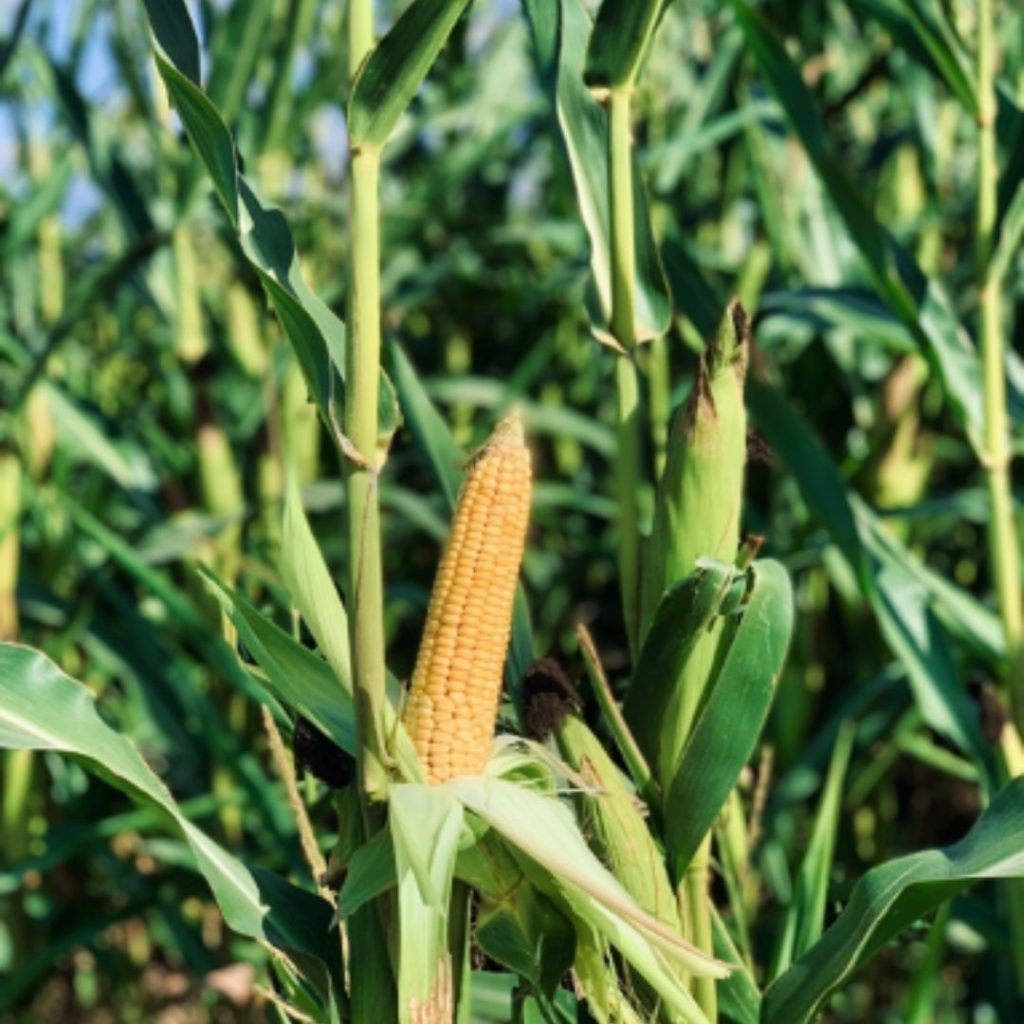
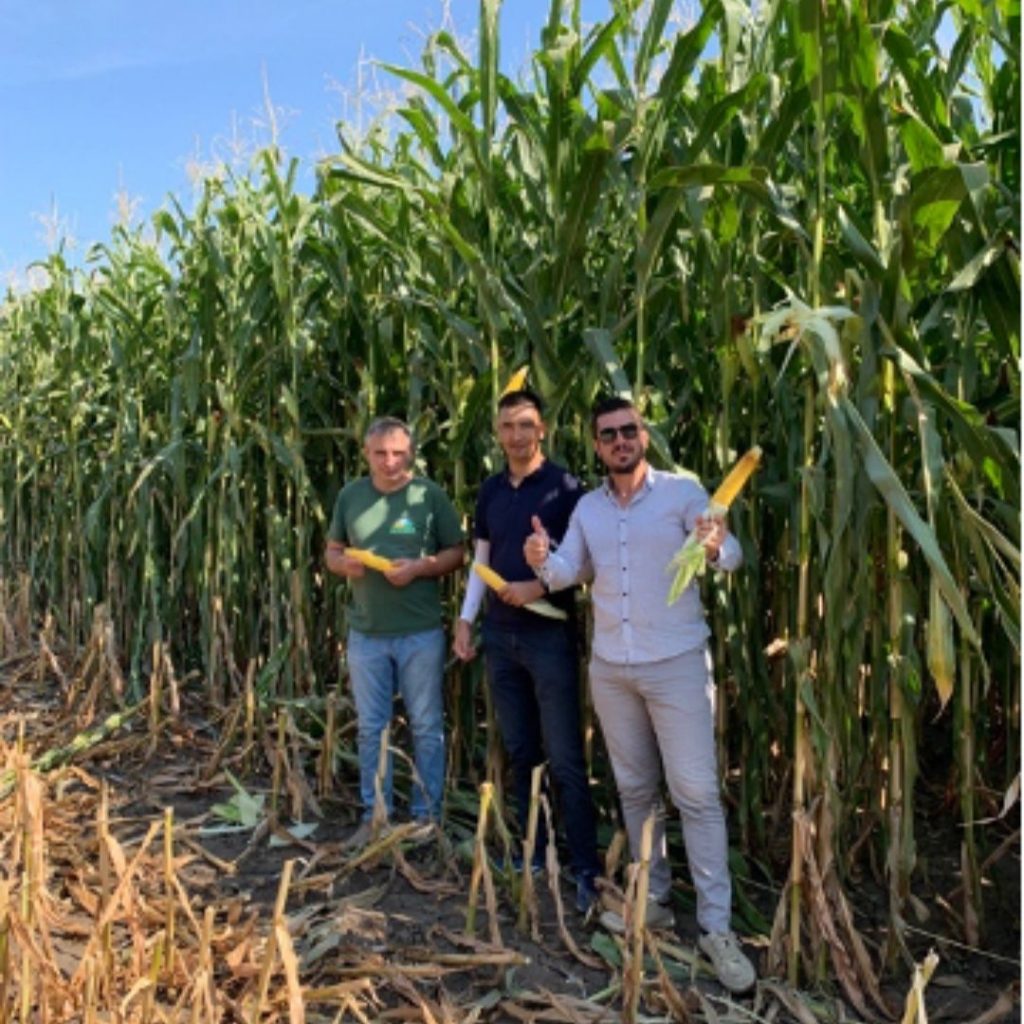
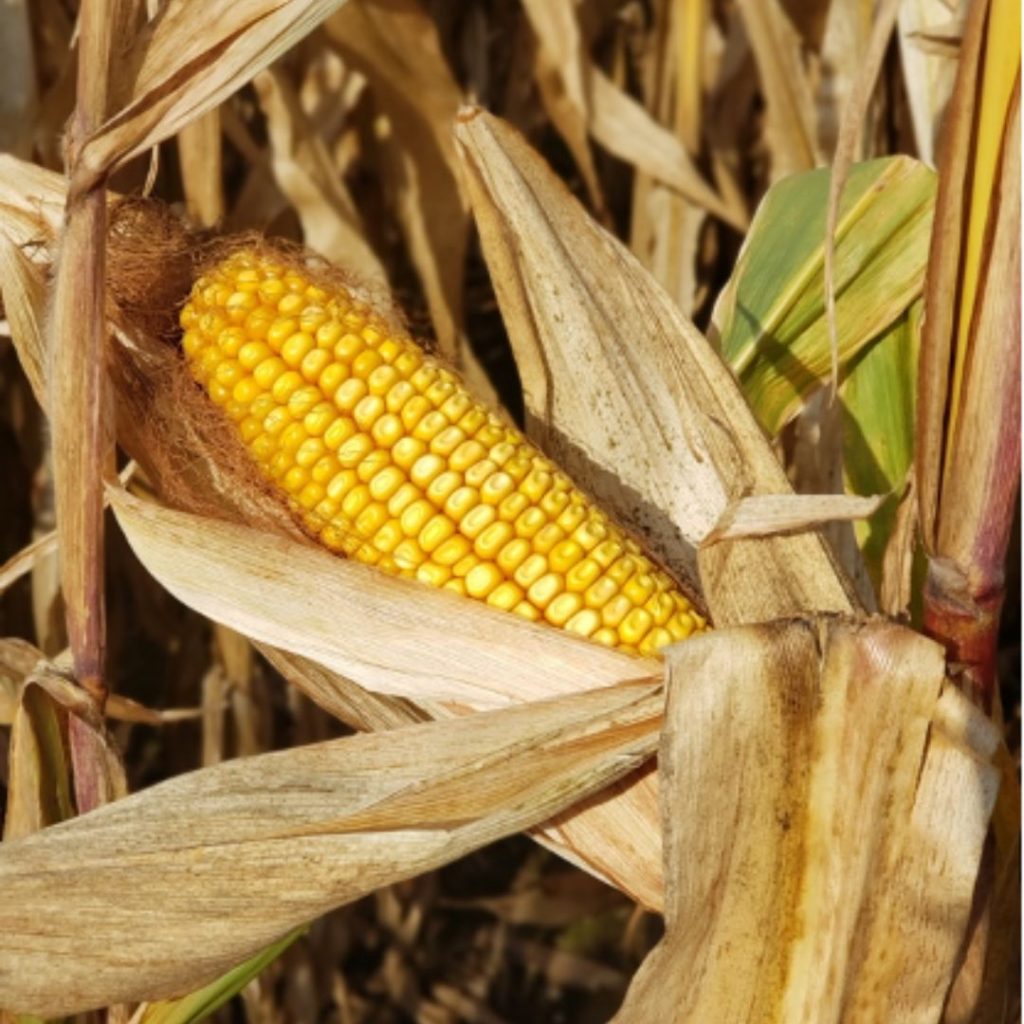
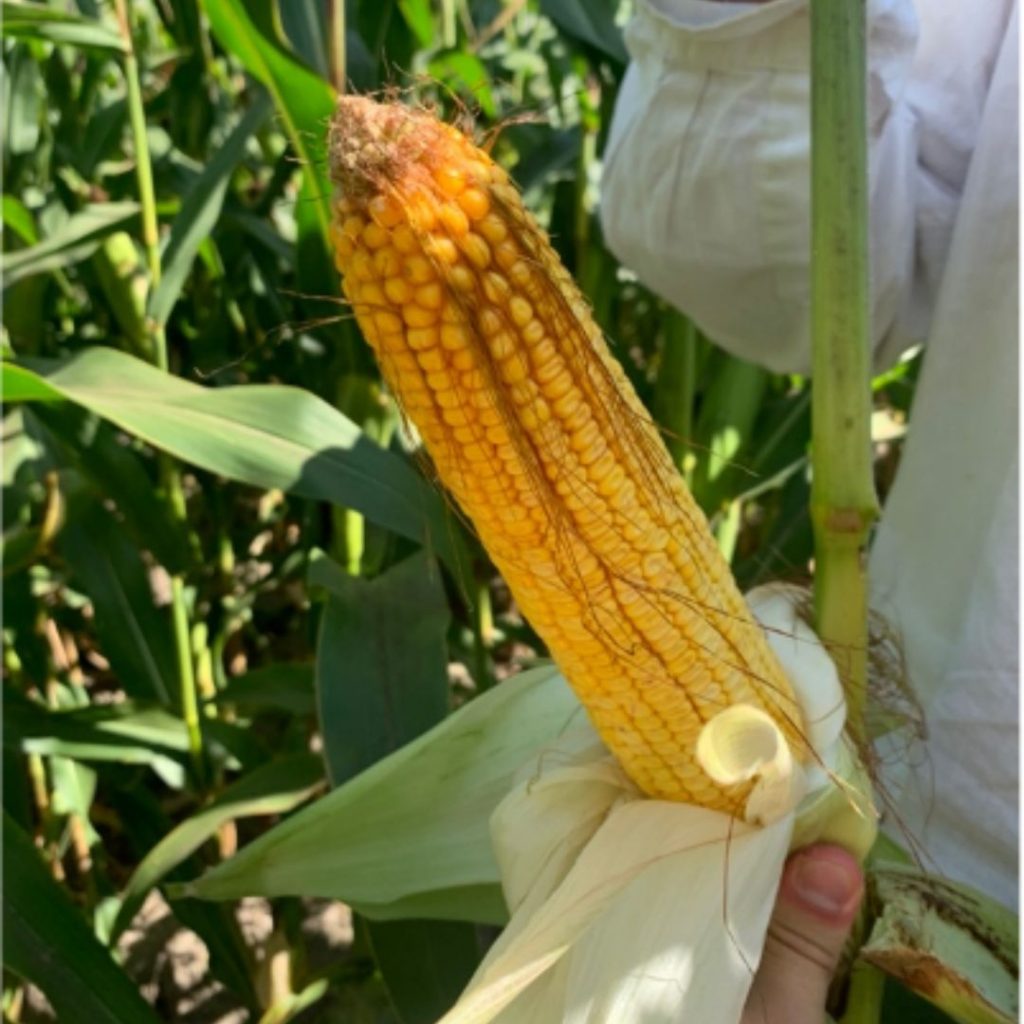
We provide full agronomic support:
- Predecessors
- Fertilizer system
- Soil cultivation
- Sowing
- Care
- Collection
Telephone number for contact: +380(98)110 39 67
